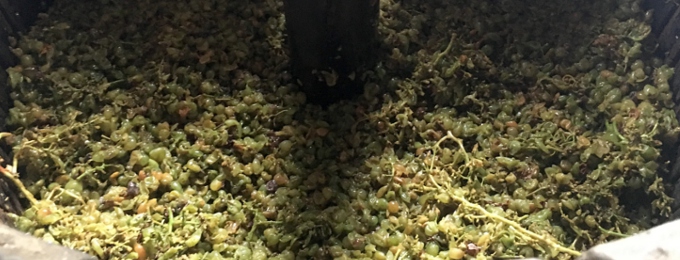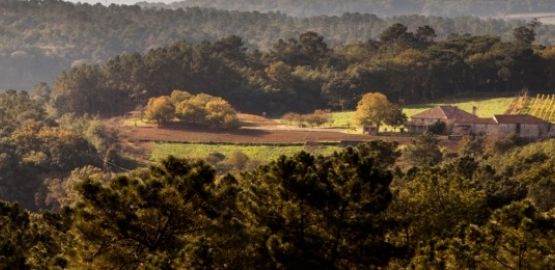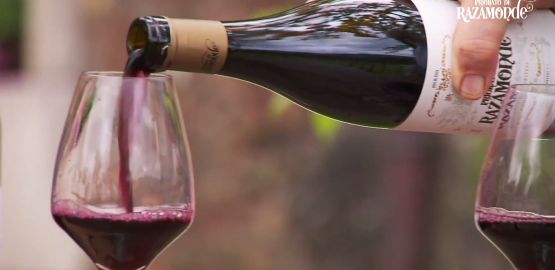
Each year, the grapes grow and develop until they reach their optimum maturity, when the harvest takes place, one of the most interesting moments in the vine cycle. The hard work of the producers, from the plantation to the aging of the wine, is essential to create our favorite wine, the Ribeiro.
But how exactly are the grapes transformed into this delicious wine that we like so much? We have decided to address each of the stages in the wine production process from grape to glass. And first things first, we'll talk about grafting.
Oddly enough, most vines don't grow well from seed. Grapes, like other fruits, grow best from grafting, when the grower implants a cutting with a rootstock or stem already planted. When it comes to growing strains from seed, it can take years, and that's if the seed catches, which is not always the case. In addition, each vine contains the genetic information of both parents, that is, the vine in flower and the plant that provides the pollen. So each new plant would be different from the previous ones and would produce grapes of different qualities.
The foot already has a healthy and extended root system. It is a vine that is already implanted and the cutting grows better when it is off the ground, so it is a more efficient method of growing the grape, to obtain the best quality fruits that also produce excellent wines. After a few weeks both plants grow together forming a single plant.
The producer selects the cutting according to the fruit he needs to produce his wine. For us, it would be Treixadura, Godello, Loureira for the white wine castes and Brancellao and Souson for the red wine cassettes, all native varieties of the Ribeiro region.




